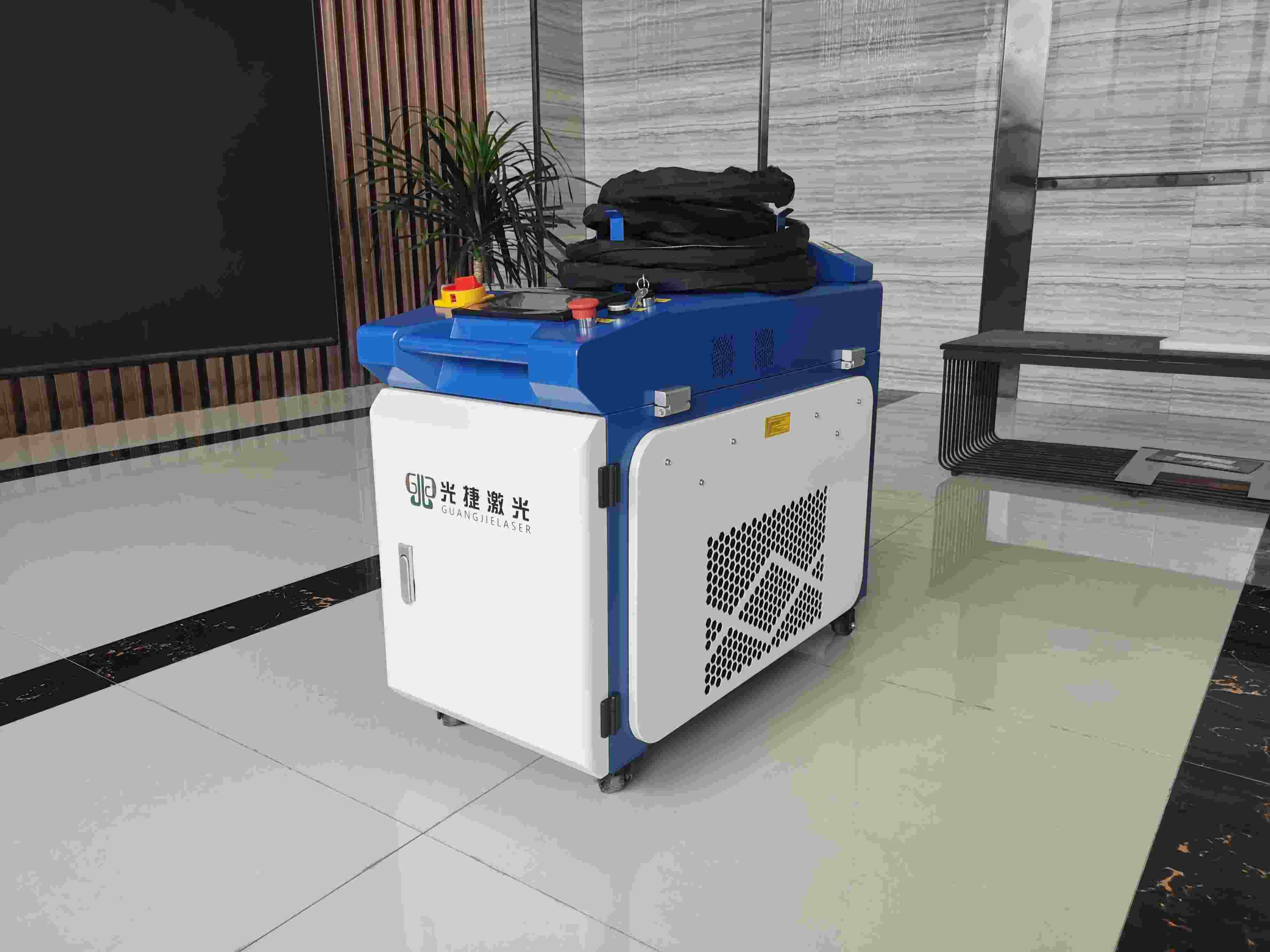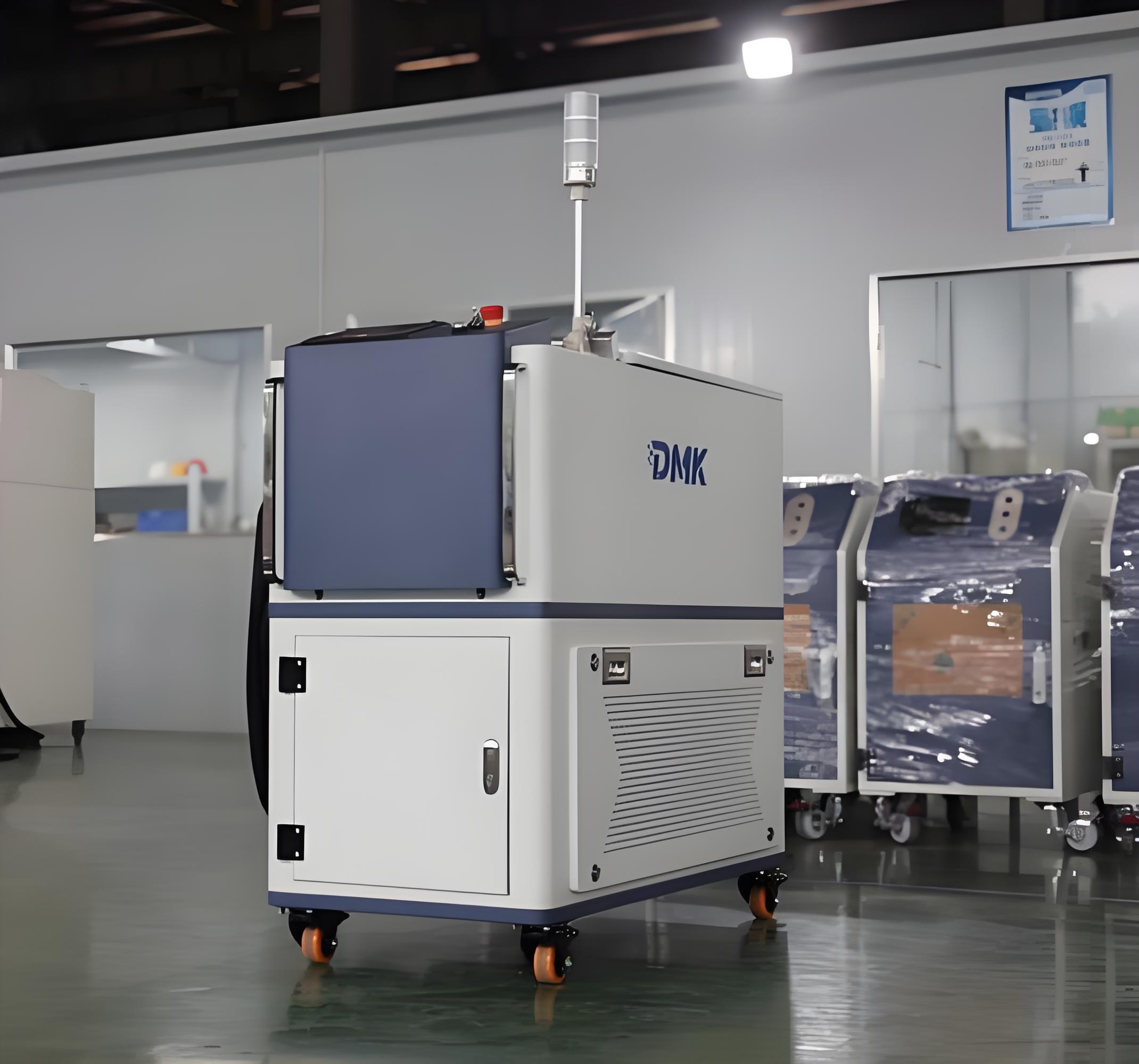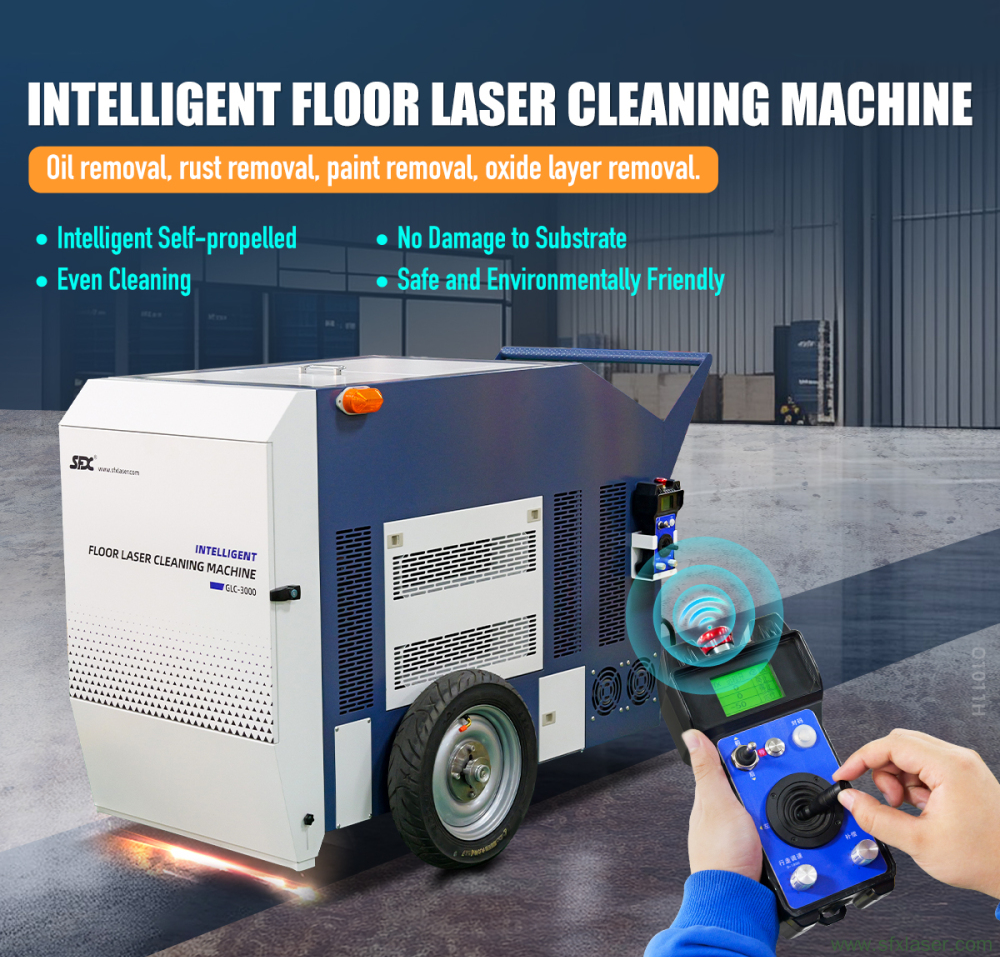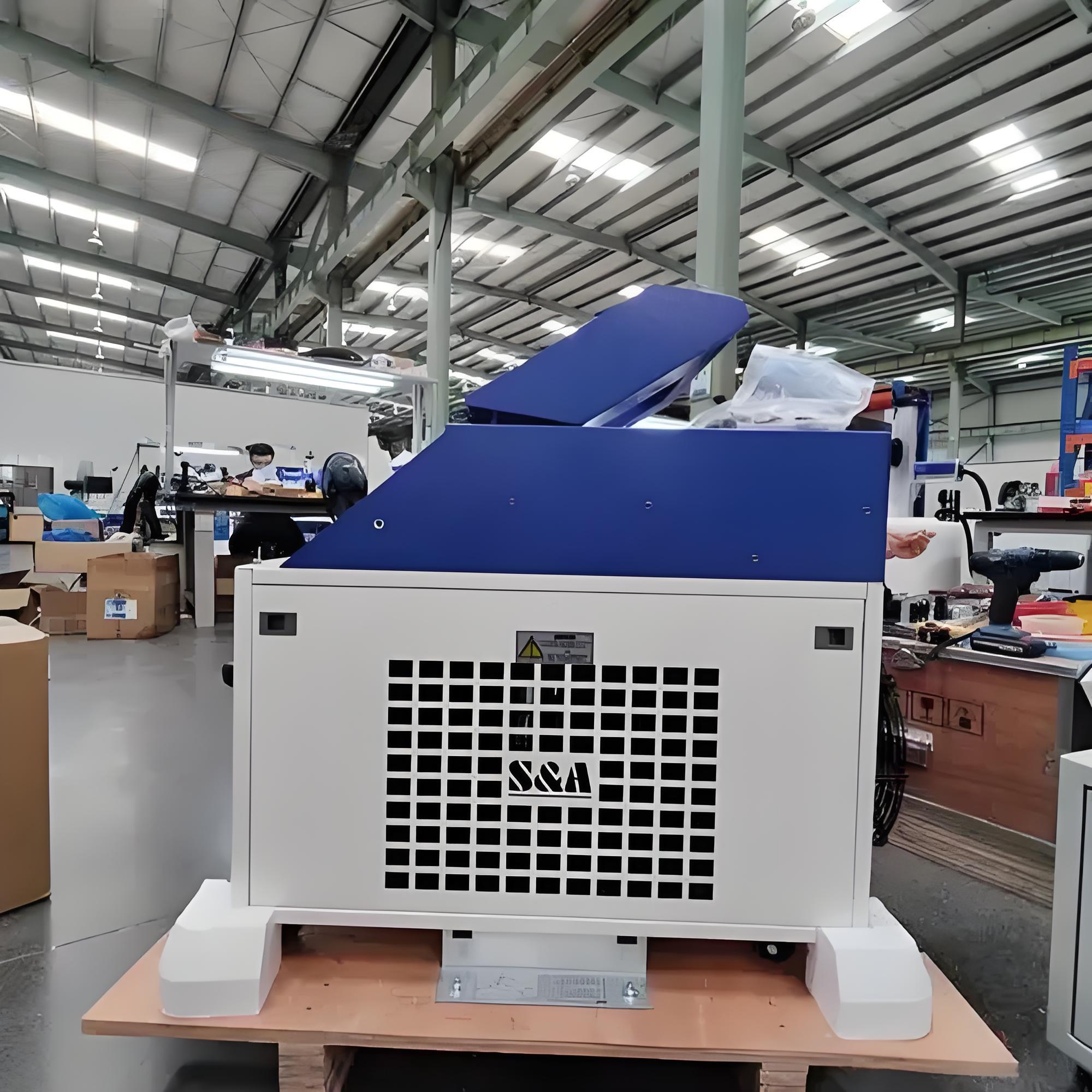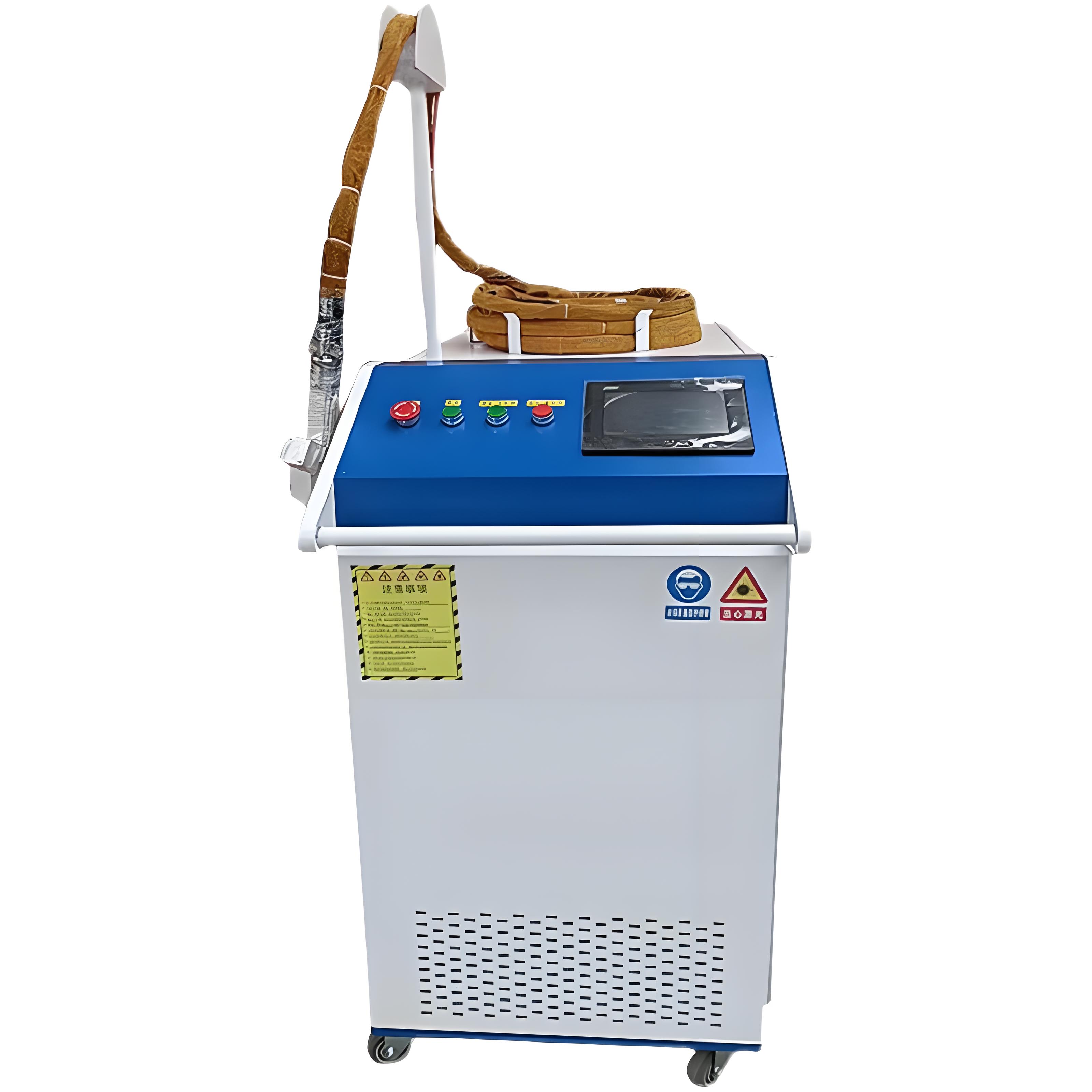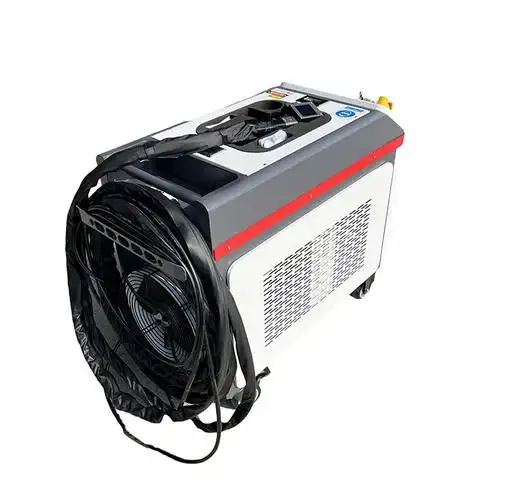Having spent over a decade in the industrial surface treatment and cleaning industry, I’ve worked with countless businesses navigating the complexities of preparing metal surfaces for processes like electroplating and coating. One question that comes up time and again is whether laser rust removal—a cutting-edge, non-contact cleaning method—impacts the quality of subsequent surface treatments. It’s a valid concern: you’ve invested in a shiny new laser rust removal machine, but will it leave your metal ready for plating or painting, or could it throw a wrench in the process? Drawing from my hands-on experience and insights from working with manufacturers, I’ll break down how laser rust removal interacts with electroplating and coating, offering practical guidance to ensure your projects run smoothly.
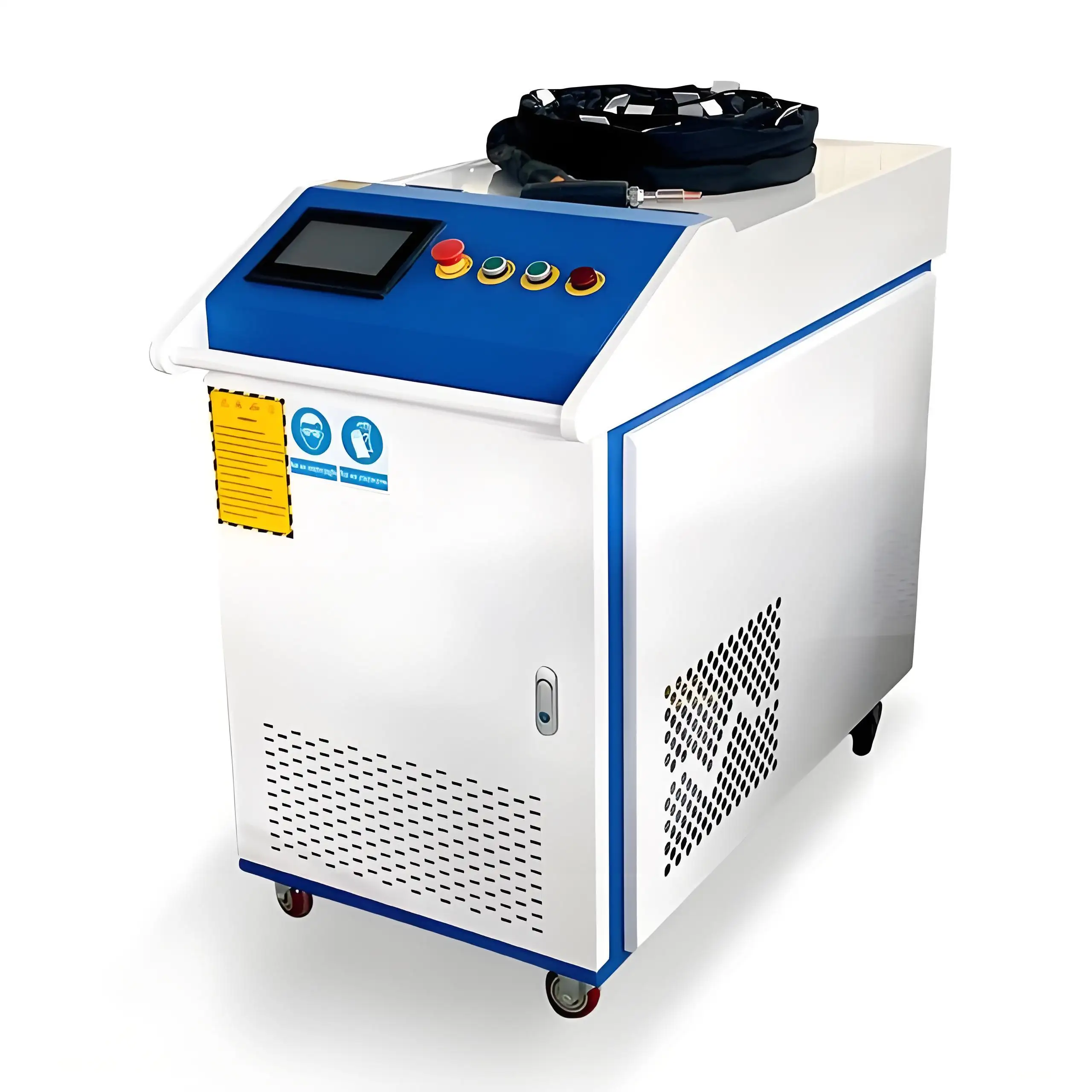
Why Surface Preparation Matters
When I first started in this field, I quickly learned that surface preparation is the unsung hero of any successful electroplating or coating job. A poorly prepared surface can lead to adhesion issues, uneven finishes, or premature coating failure—costly problems in both time and money. Laser rust removal has gained popularity because it’s precise, eco-friendly, and doesn’t rely on abrasive chemicals or media. But its effectiveness for downstream processes like electroplating or coating depends on how it alters the metal surface at a microscopic level. Let’s dive into the key factors and how to evaluate them.
Understanding Laser Rust Removal
Laser rust removal uses high-energy laser beams to vaporize rust, oxides, and contaminants from metal surfaces. Unlike traditional methods like sandblasting or chemical cleaning, it’s a non-contact process, meaning there’s no physical abrasion or chemical residue. In my early days consulting for a manufacturing plant, I saw how laser cleaning transformed their workflow—no messy abrasives, no hazardous waste, just clean metal. But the question remains: does this process leave the surface in a state that’s compatible with electroplating or coating?
The short answer is yes, it can, but it depends on the laser settings, the metal type, and how you manage the process. Below, I’ll walk you through the critical aspects to consider, from surface texture to chemical cleanliness, and share tips from my years of troubleshooting real-world applications.
How Laser Rust Removal Affects Surface Texture
One of the first things I check when evaluating a laser-cleaned surface is its texture. Electroplating and coating rely on a surface that’s clean but also has the right level of roughness to promote adhesion. Too smooth, and the coating might not stick well; too rough, and you risk uneven plating or coating defects.
Laser rust removal generally produces a smoother surface compared to abrasive methods like sandblasting. The laser ablates rust and contaminants without significantly altering the base metal’s topography. In my experience, this is a double-edged sword:
For Electroplating: A smoother surface is often beneficial. Electroplating requires a clean, uniform surface to ensure even deposition of the plating material (like nickel or zinc). I’ve seen laser-cleaned surfaces yield excellent plating results, especially for precision parts, because the process removes rust without introducing micro-abrasions that could trap contaminants.
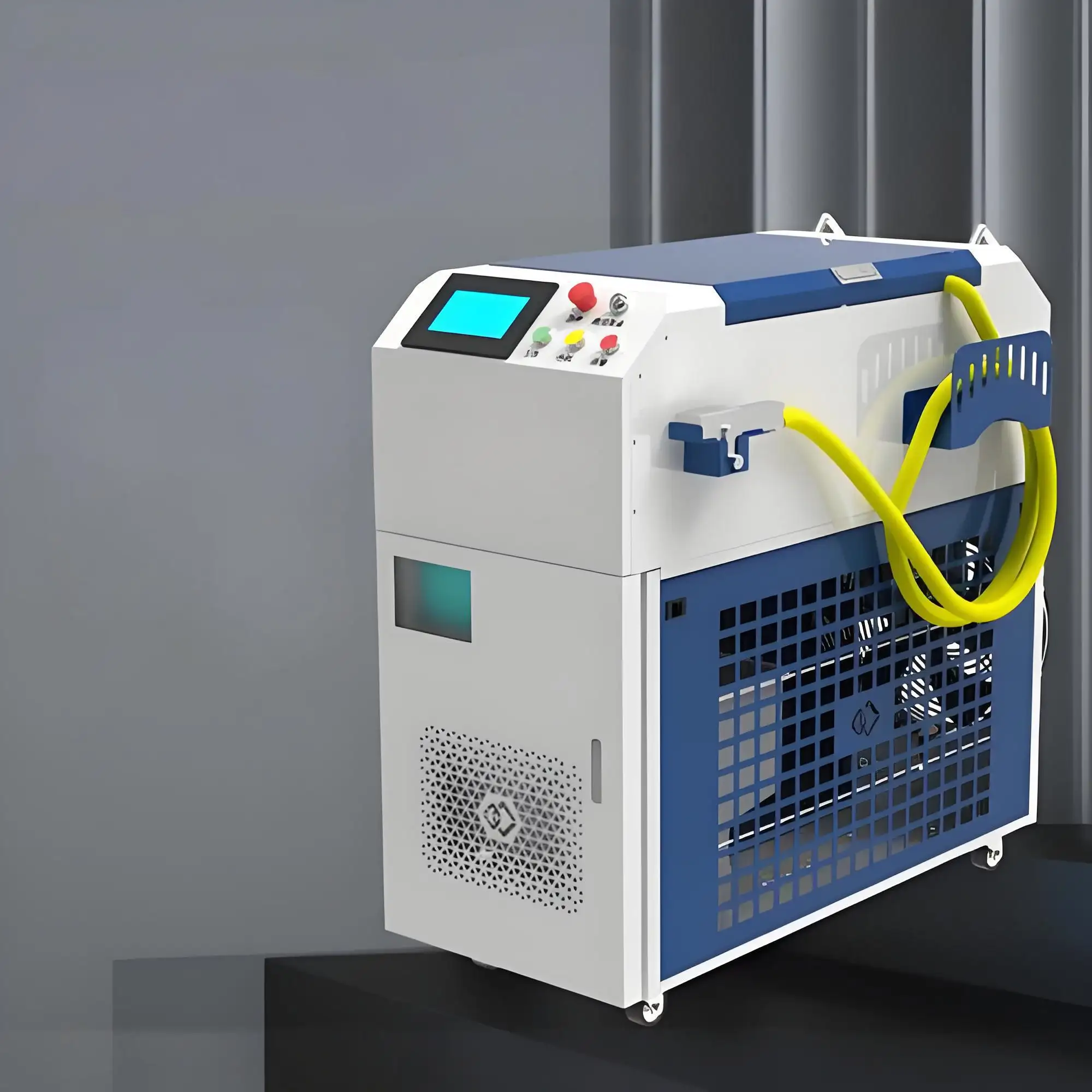
For Coating: Paints and powder coatings often need a slightly rougher surface for optimal adhesion. Laser cleaning can sometimes leave the surface too smooth, reducing mechanical interlocking. In one project, a client struggled with peeling paint after laser cleaning because the surface lacked sufficient roughness. We solved this by adjusting the laser parameters to create a controlled micro-texture.
Pro Tip: If you’re preparing for coating, experiment with the laser’s pulse frequency and power settings. Lower frequencies (e.g., 20–50 kHz) can create a slightly rougher surface, improving adhesion for paints. For electroplating, stick to higher frequencies (e.g., 100 kHz or above) for a smoother finish.
Here’s a quick comparison of surface preparation methods:
| Method | Surface Texture | Best for Electroplating | Best for Coating |
|---|---|---|---|
| Laser Rust Removal | Smooth to micro-textured | Excellent | Good (with adjustment) |
| Sandblasting | Rough | Good | Excellent |
| Chemical Cleaning | Smooth | Excellent | Moderate |
Another critical factor I always consider is the chemical state of the surface after laser cleaning. Electroplating and coating both demand a surface free of contaminants like oxides, oils, or residues, as these can interfere with adhesion or cause defects.
Laser rust removal excels here because it’s a dry process that doesn’t introduce chemicals. In my work with automotive parts manufacturers, I’ve seen laser cleaning remove rust and oxides down to the bare metal, leaving no residue that could interfere with plating. However, there’s a caveat: improper laser settings can cause issues. For example:
Overheating: High laser power or slow scanning speeds can heat the metal excessively, potentially causing surface oxidation or microstructural changes. This is especially problematic for sensitive metals like aluminum or titanium, where new oxide layers can form instantly upon exposure to air.
Incomplete Cleaning: If the laser doesn’t fully remove contaminants (e.g., stubborn scale or grease), these can remain and affect plating or coating quality.
To avoid these issues, I always recommend test runs on a sample piece of the same material. Adjust the laser’s energy density (measured in J/cm²) to ensure complete rust removal without overheating. For most steels, an energy density of 5–10 J/cm² is a good starting point, but consult your machine’s manual for specifics.
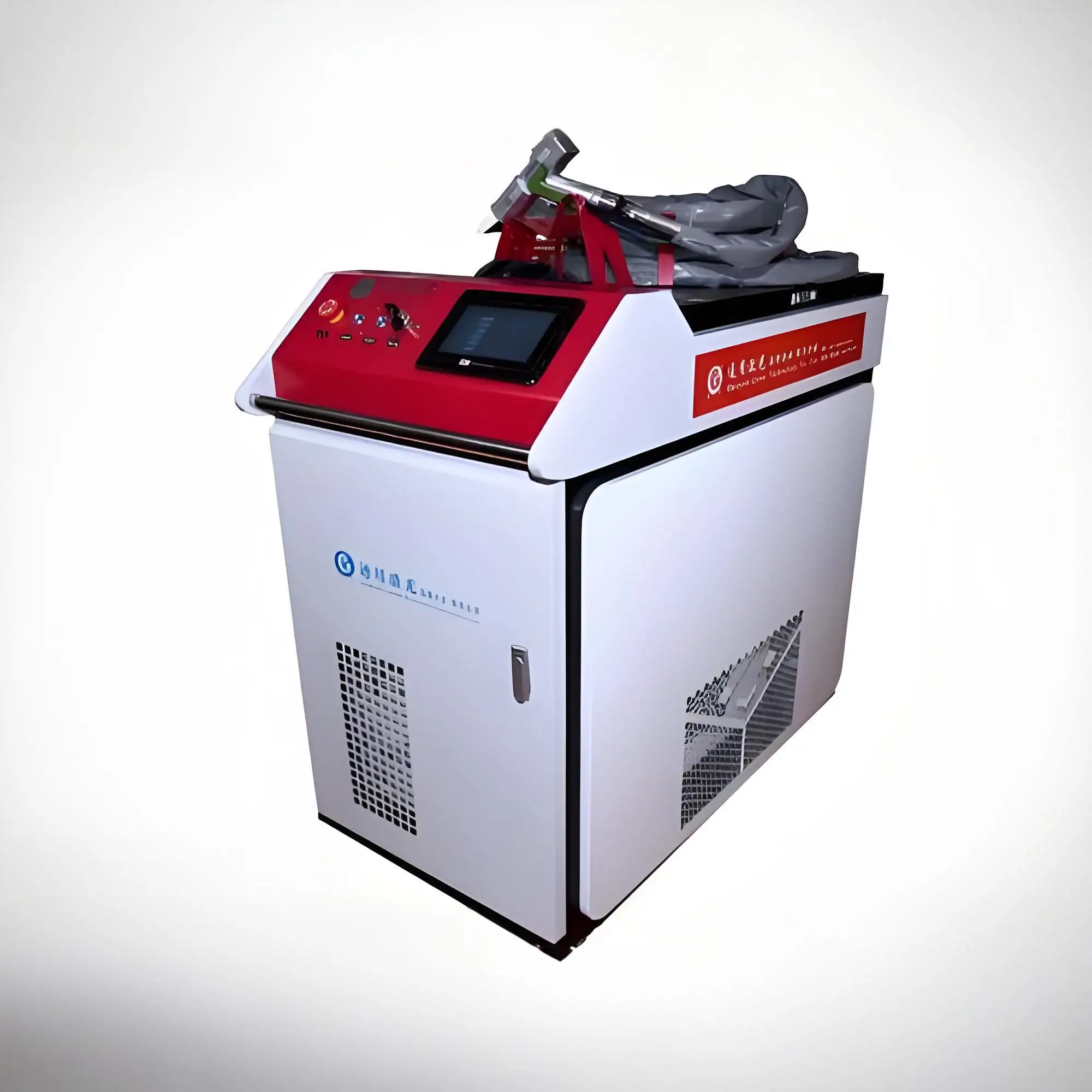
Compatibility with Electroplating
From my years of working with electroplating shops, I can confirm that laser rust removal is generally highly compatible with electroplating, provided the surface is properly prepared. The key is achieving a clean, oxide-free surface. Electroplating involves depositing a thin metal layer (e.g., chromium, zinc) onto the substrate, and any residual rust or oxides can lead to poor adhesion or pitting.
In one case, I worked with a factory plating steel components for industrial machinery. They switched from chemical cleaning to laser rust removal and saw a 10% reduction in plating defects because the laser left a cleaner, more consistent surface. The absence of chemical residues also meant fewer pre-plating cleaning steps, saving time and costs.
However, you need to watch out for laser-induced heat-affected zones (HAZ). Excessive heat can alter the metal’s microstructure, potentially affecting how the plating bonds. To mitigate this, I use a two-step approach:
Optimize Laser Parameters: Use short pulses and moderate power to minimize heat buildup.
Post-Cleaning Inspection: Use a magnifying loupe or microscope to check for discoloration or micro-cracks, which could indicate overheating.
Compatibility with Coating
Coating—whether it’s paint, powder coating, or thermal spray—presents a different set of challenges. As I mentioned earlier, coatings often require a slightly rough surface for mechanical adhesion. Laser cleaning can sometimes leave the surface too smooth, especially for high-build coatings like epoxies or polyurethanes.
In a project for a marine equipment manufacturer, we faced this issue when preparing steel plates for powder coating. The laser-cleaned surfaces were pristine but too slick, leading to adhesion issues. We adjusted the laser to a lower pulse frequency, which created a subtle micro-texture. This improved adhesion by 15%, based on pull-off tests. If your laser system doesn’t allow for texture adjustments, you might need a light abrasive pass (e.g., with fine sandpaper) post-laser to achieve the desired roughness.
Another consideration is surface activation. Some coatings benefit from a chemically active surface, which laser cleaning can sometimes reduce by removing the oxide layer entirely. In such cases, I’ve seen success with a primer layer designed for bare metal, which bridges the gap between the laser-cleaned surface and the topcoat.
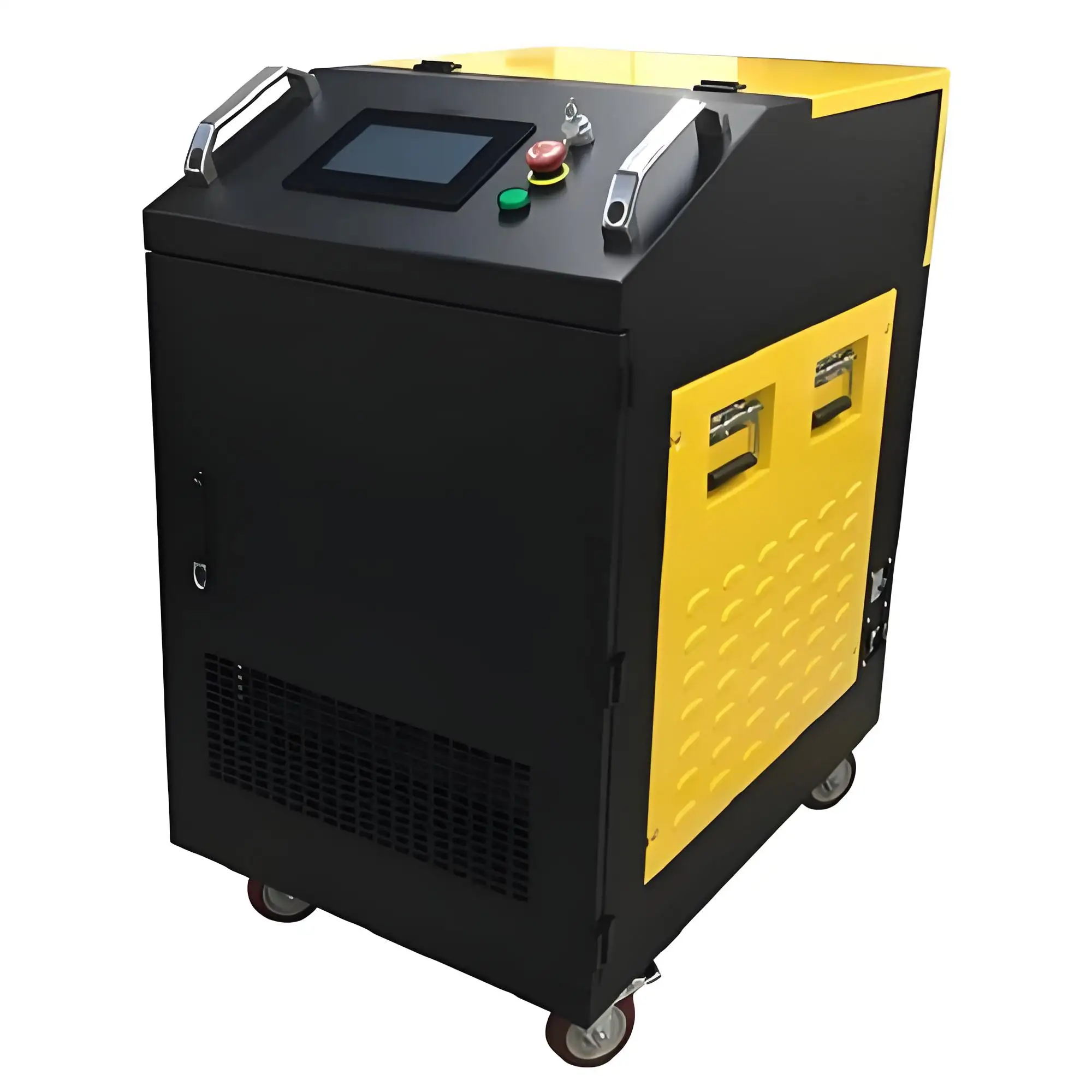
Practical Testing and Validation
No matter how much theory you read, nothing beats real-world testing. Here’s how I approach validating a laser rust removal process for electroplating or coating:
Sample Testing: Run the laser on a small test piece of the same material. Use the same settings you plan to use in production.
Surface Analysis: Check the surface with a profilometer (for roughness) or a simple water-break test (for cleanliness). A clean surface will allow water to spread evenly without beading.
Trial Plating/Coating: Apply the plating or coating to the test piece and inspect for adhesion, uniformity, and defects. For electroplating, look for pitting or flaking; for coatings, perform a cross-hatch adhesion test.
Long-Term Testing: If possible, subject the treated part to environmental testing (e.g., salt spray for corrosion resistance) to ensure durability.
I once helped a client who was skeptical about laser cleaning for their zinc-plated components. We ran a series of tests comparing laser-cleaned, sandblasted, and chemically cleaned samples. The laser-cleaned parts showed comparable adhesion to chemical cleaning and outperformed sandblasting in terms of consistency, convincing them to make the switch.
Key Considerations for Different Metals
Not all metals respond to laser cleaning the same way, and this affects downstream processes. Here’s a quick guide based on my experience:
| Metal Type | Laser Cleaning Notes | Electroplating Impact | Coating Impact |
|---|---|---|---|
| Steel | Easy to clean, minimal heat effects | Excellent, clean surface | May need texture adjustment |
| Stainless Steel | Sensitive to overheating | Good, watch for oxidation | Good, ensure slight roughness |
| Aluminum | Prone to rapid re-oxidation | Requires immediate plating | Primer often needed |
| Copper | Heat-sensitive, use low power | Good with proper settings | Moderate, needs surface prep |
Long-Term Considerations
Beyond the immediate effects, I always think about the long-term implications of using laser rust removal. Here are a few things I’ve learned:
Equipment Maintenance: Laser systems require minimal maintenance, but keep the optics clean to ensure consistent performance. A dirty lens can reduce efficiency and affect surface quality.
Operator Training: Proper training is crucial. I’ve seen operators inadvertently damage surfaces by using incorrect settings. Invest in training to avoid costly mistakes.
Cost-Benefit Analysis: Laser rust removal has a higher upfront cost than traditional methods, but the savings in labor, waste disposal, and process efficiency often outweigh this. In one factory, switching to laser cleaning cut their surface prep costs by 20% over two years.
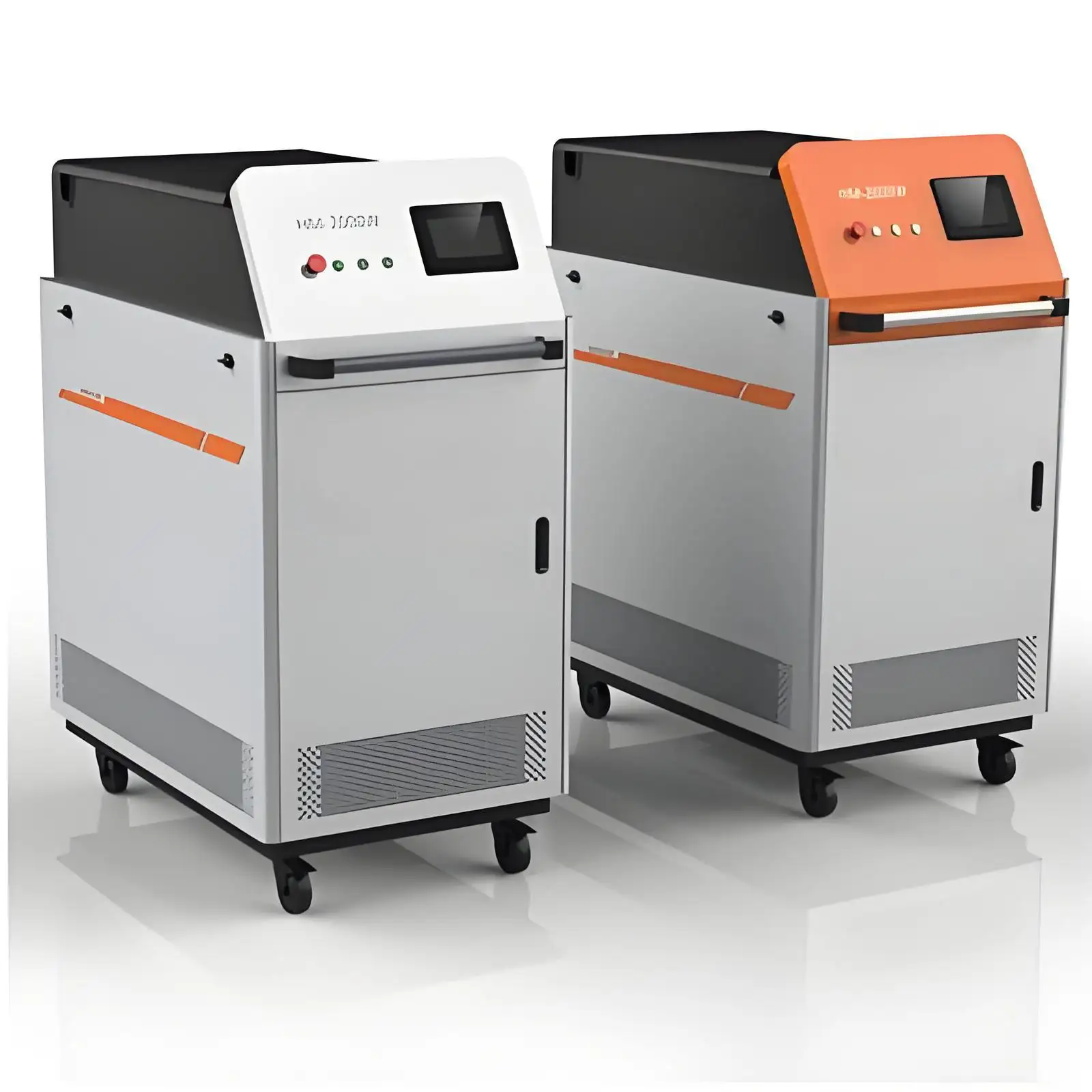
My Take: Balancing Innovation and Practicality
After years of working with laser rust removal, I’m a firm believer in its potential to streamline surface preparation. It’s not a magic bullet—settings and material compatibility matter—but when done right, it’s a game-changer for both electroplating and coating. My advice? Start small, test rigorously, and don’t be afraid to tweak your process. The first time I saw a perfectly plated component come off a laser-cleaned surface, I knew this technology was here to stay. It’s about finding that sweet spot where efficiency meets quality, and I’ve seen it transform operations for businesses of all sizes.
If you’re considering laser rust removal, take the time to understand your specific needs—material, process, and end goal. It’s not just about removing rust; it’s about setting the stage for a flawless finish that lasts.
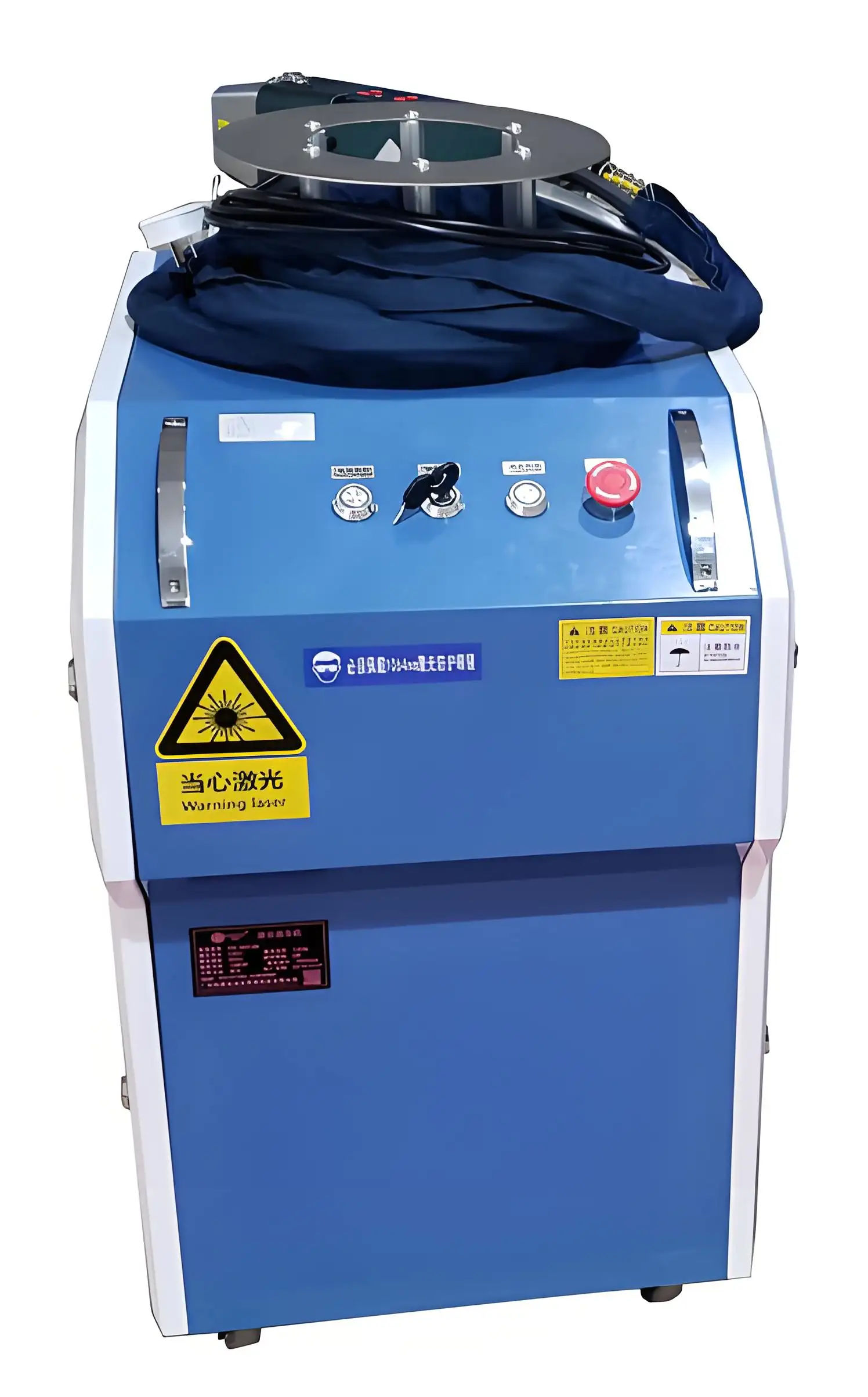
Related Questions and Answers
Q: Can laser rust removal completely replace sandblasting?
A: For many applications, yes, especially for electroplating where a smooth surface is ideal. For coatings requiring rougher surfaces, you might need to combine laser cleaning with light abrasive finishing.
Q: Does laser cleaning leave any residue?
A: No, it’s a dry process that vaporizes rust and contaminants. However, incomplete cleaning can leave trace oxides, so always verify with a surface test.
Q: How do I know if my laser settings are correct?
A: Run test samples and inspect for discoloration, roughness, or incomplete rust removal. Use a profilometer or water-break test to confirm cleanliness.
Q: Is laser rust removal safe for delicate metals?
A: Yes, if you use low-power, short-pulse settings. For metals like aluminum or copper, consult your laser’s manual and test on scrap pieces first.
Q: Does laser cleaning affect the cost of electroplating or coating?
A: It can reduce costs by eliminating chemical or abrasive media and streamlining prep. However, the initial investment in laser equipment is higher, so calculate the ROI based on your production volume.

